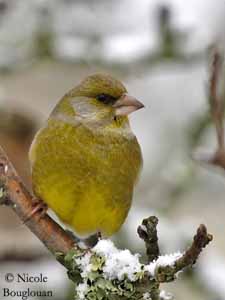
The different bills’shapes - Page 1
Show me your bill, I will know what you eat!
The bill shape varies according to the feeding behaviour of each species or family. We can find robust hooked beaks in raptors and long, straight, pointed bill in herons and egrets. Woodpeckers have chisel-shaped bill well adapted to their behaviour, and hummingbirds have long, thin bill able to reach the nectar in deep flowers.
Numerous other shapes exist and help the bird to reach its favourite food items.
We are going to study some of them, among the most common often seen in our gardens, or observed in the fields.
We can start with our songbirds coming every day to the feeder. These birds usually feed on seeds, insects and fruits. They have robust and pointed bill which allow to crack open the seeds, but also to extract insects from the soil or bark and wood crevices, and to peck at fruits and berries.

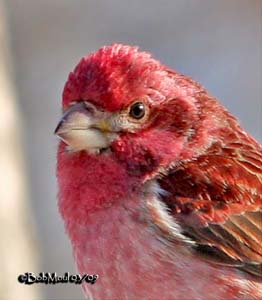
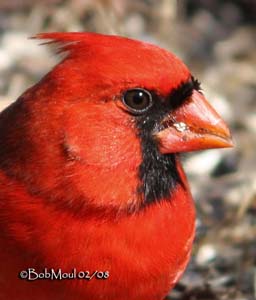
Carduelis chloris
Carpodacus purpureus
cardinalis cardinalis
Some small passerines such as European Greenfinch, Finches, Hawfinches and Grosbeaks, Cardinals, and some others have broad bill base with strong mandibles and pointed tip. They are able to crack open hard seeds such as sunflower seeds, without help of the feet.
Hawfinches are able to crack open very hard seeds and fruit bones, thanks to their robust beak. These birds may develop strength of about 45 kg for breaking a stone!
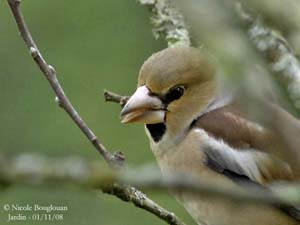
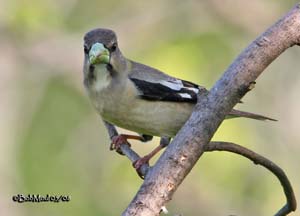
Coccothraustes coccothraustes
Coccothrautes vespertina
Other birds’ species such as Tits have strong bills but much thinner. They feed in different manner: the bird takes a sunflower seed and holds it on the branch with the toes. It opens the shell with the bill through the hinge and then, eats the seed by pecking.

The Nuthatches takes the sunflower seed and holds it in a wood crevice or between two stones, in order to peck at the shell to open it, and then, to reach the seed.
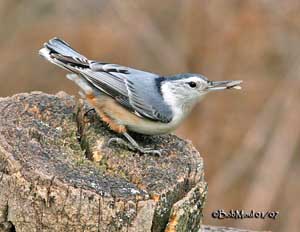
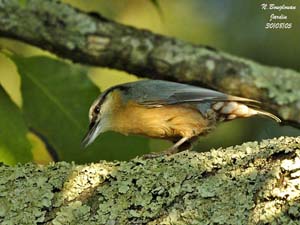
Sitta carolinensis
Sitta europea
For all these passerines, the pointed bill allows to reach the seed inside the shell, after the opening of this shell by different ways.
Most of birds which feed on the ground such as Thrushes and Blackbirds, the most common, have relatively robust bill with pointed tip. This shape allows them to feed numerous food items such as insects, fruits and berries, earthworms and seeds, according to the season.
Photographers:
Bob Moul
Nature Photography
Nicole Bouglouan
PHOTOGRAPHIC RAMBLE
Text by Nicole Bouglouan
Sources:
L’ENCYCLOPEDIE MONDIALE DES OISEAUX - Dr Christopher M. Perrins - BORDAS - ISBN: 2040185607
Article: Description of the bird and its plumage
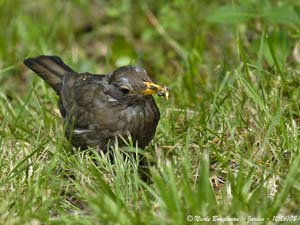
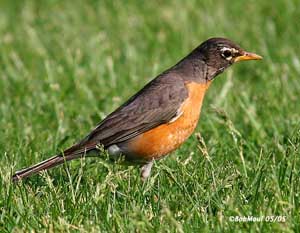
Turdus merula
Turdus migratorius
It is easy for them to dig into the soil and the leaf litter when searching for invertebrates, but at the same time, they also are able to peck at fruits and to take berries from bushes, and to catch insects.
In fact, these birds are omnivorous.
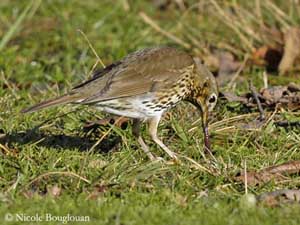
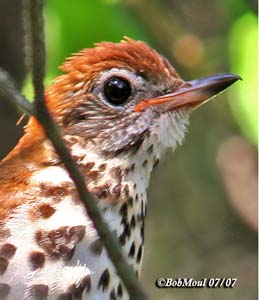
Hylocichla mustelina
Turdus philomelos
Numerous species are almost exclusively insectivorous and glean small invertebrates along the branches, by probing the bark crevices. They also forage into the vegetation.
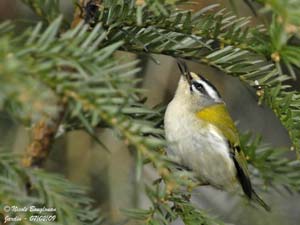
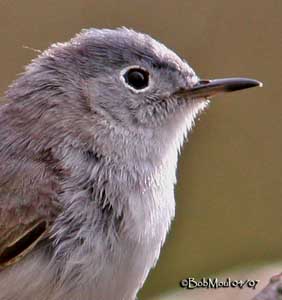
Polioptila caerulea
Regulus ignicapilla
These species have very thin bill, sometimes slightly decurved, making easier to search for insects and spiders in the smallest crevices and holes.
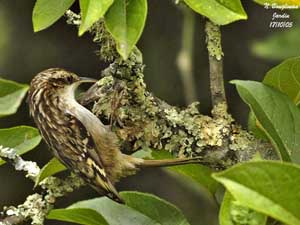
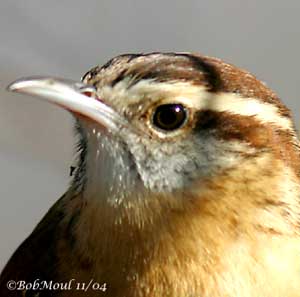
Thryothorus ludovicianus
Short-toed Treecreeper
Certhia brachydactyla
Of course, these birds may supplement their diet with some berries and small seeds according to the season. They can find these food items on the ground.
Other shapes seem to be strange, but they have peculiar role in the feeding behaviour of the bird.
The Common Grackle forages primarily on the ground, but also utilizes trees, shrubs and vegetation. It uses the bill instead of the feet to find food in the soil.
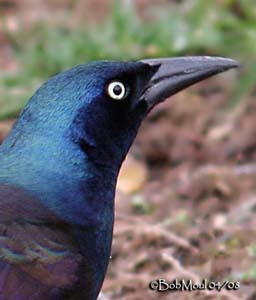
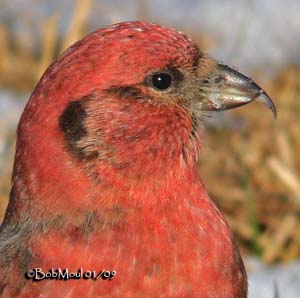
Quiscalus quiscula
Loxia leucoptera
The White-winged Crossbill feeds mainly on spruce seeds. Thanks to the crossed mandibles, it is able to open the cones and to extract the seeds.
It hangs on the cones and then, the bill holds the scale of the open cone, while it reaches the seed with the tongue.
All these feeding behaviour are easier for the birds, thanks to their peculiar bills.